Molasses for Weed – More Than Meets The Eye

Throughout history, cannabis has been cultivated since nearly 500 BC, with cultivators adapting techniques or methods over time to grow more successfully. In the modern world of weed, there are a plethora of products to peruse for nutrients or feed for your plants. But what about kicking it back old school? Molasses for marijuana has a long-standing history among growers as a sufficient supplement for soil, bud weight and the overall health of the plant. So, is molasses good for pot plants and if so, when should you add molasses to your plants? Let’s answer those questions and more with our in-depth guide to molasses for weed.
Molasses for Marijuana: The Basics
Molasses is a thick syrupy liquid that’s a by-product of refining sugar. To refine sugar, sugarcane or sugar beet juice is boiled repeatedly. The sugar is then stripped from the mixture and what’s left is a viscous substance known as molasses. The number of times this process is repeated will determine the grade or quality of a molasses product. It also determines the exact nutrient and mineral content, so it’s important in terms of using molasses for marijuana.
When feeding marijuana plants molasses, using an organic product that’s chemical, preservative and additive-free is ideal. Therefore, we’ll next cover the types of molasses you’ll need to know more about – blackstrap molasses and unsulfured vs. sulfured molasses.
Choose Wisely: The Types of Molasses
There are two distinct differences in molasses types that you’ll want to be aware of when using it for weed, as one type can be highly beneficial for your crops while the other can be quite a detriment.
These two types of molasses are sulfured and unsulfured. The titles are often found to be confusing since both actually do contain sulfur, a nutrient that cannabis plants require. The difference is that sulfured molasses contains sulfur dioxide. Sulphur dioxide acts as a preservative and antimicrobial agent, meaning it will kill beneficial microorganisms in the soil if applied. Unsulfured molasses, however, contains only sulfur, meaning an organic unsulfured molasses will feed your plants without killing the microbes that help promote growth.

When choosing a type of molasses, you’ll also have to consider varying grades of quality. You can typically tell the grade integrity by looking at the color of the molasses itself. Lighter colored molasses is normally pure sugar syrup, while darker colored molasses, like blackstrap molasses, has been additionally refined and is chock-full of beneficial nutrients. Blackstrap molasses is the most common among growing circles, as it offers the highest levels of vitamin B, calcium, magnesium, iron and potassium.
Plant Health Matters: How Molasses Can Help
Much of the health of your crop depends on soil composition, as this is the direct foundation for growing plants. The soil is where the benefits of molasses for plants therefore makes its biggest impression.
Cannabis plants thrive on having healthy and beneficial microorganisms present in the soil. When adding molasses to soil, you’re essentially feeding these helpful microbes and helping them to thrive too. Consequently, your soil will improve in overall structure and water retention while being enriched with additional nutrients from the molasses.

The improved health also helps to build strength against harmful conditions or other factors. For example, feeding marijuana plants molasses helps protect against pathogens and salt build-up in the soil. If you weren’t aware, salt build-up in the soil causes nutrient intake issues – a problem you can avoid thanks to molasses.
Perfect Timing: When Should I Add Molasses To My Plants?
As with many growing techniques, there’s frequent disagreement among growers on when and how to add molasses to cannabis plants – during their vegetative state or during flowering. The common consensus is you can use molasses on plants throughout their entire life cycle. However, the amount should be increased during the flowering stage, and is found to be more beneficial then as well.
Although the risk of overfeeding with molasses is lower than other nutrients, be sure to monitor your molasses use at all stages of plant growth and to check for signs of stress or burn. It’s also recommended to halt use completely for flushing 2 weeks prior to harvesting. A final benefit of using molasses for weed is that it’s a natural insecticide and deterrent of pests common to cannabis such as aphids, lace bugs and white flies.
Using Molasses Effectively & Easily
This brings us to the most important question – how exactly do you go about adding molasses to soil? Luckily, there are a number of ways you can incorporate molasses into your nutrient regimen or routine. Let’s go over the easiest and most effective of these methods now.
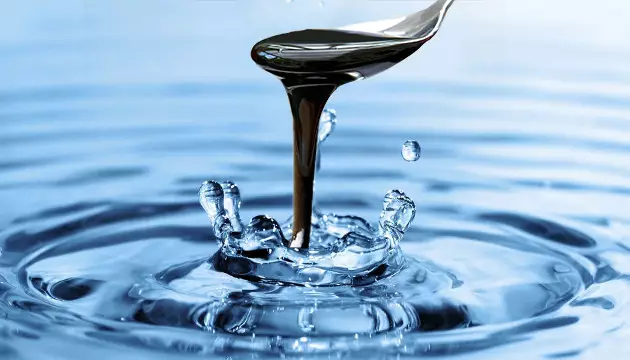
Using Liquid Molasses
If you’re using a molasses product made specifically for cannabis, follow the specific instructions on the container. If not, use 2 tablespoons of molasses per 1 gallon (3.7 l) of water as a guide. Keep in mind that you can increase this as your plants grow. As a tip, keep your water semi-warm so the molasses dissolves easier.
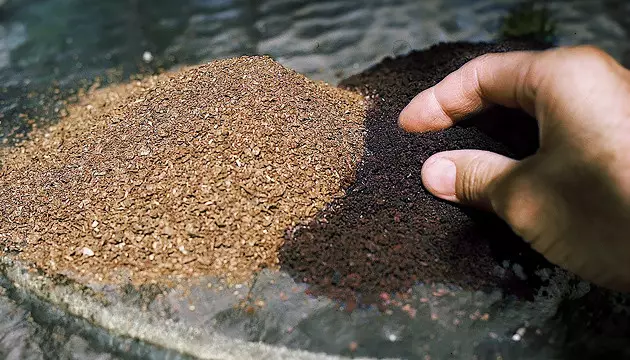
Using Dry Molasses
Dry molasses is organic grain bits that have been soaked in molasses, which adds a level of convenience to a molasses regimen by avoiding the normally syrupy liquid. If using dry molasses, you can follow the recommendation of using 500g (17.6 oz) to approximately 4.5-6m2 (5.3-7.18yd2) of soil.
Using Molasses As A Nutrient
Another method is to use molasses when you feed with other nutrients. When doing this, make sure you monitor your soil’s pH levels, as it can cause them to change. You can also add 4 tablespoons of molasses per 1 gallon (3.7 l) of water and add it to your soil prior to planting or transplanting.

Using Molasses As A Pesticide
Many growers have found that molasses is an effective natural pesticide, as it’s been shown to help decrease populations of detrimental pests like aphids, lace bugs and white flies. To make a foliar spray, mix quarter of a teaspoon of molasses into 0.25 gallon (1 l) of semi-warm water for easy dissolving. After stirring, you can use a garden sprayer to generously apply the solution to your plants.
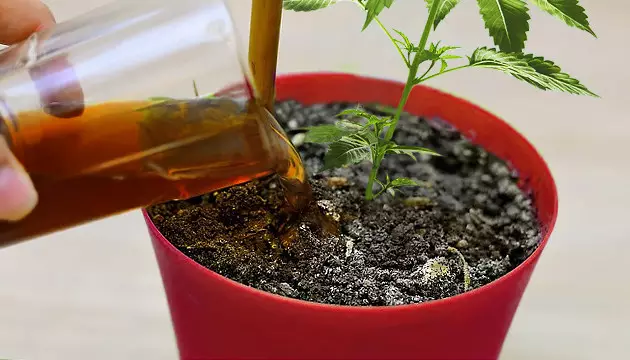
Using Molasses Through Compost Tea
Compost Tea is widely used to feed cannabis plants because of its high concentration of microorganisms, enzymes and nutrients. It just so happens that molasses is a key ingredient in the special feed – so rest assured, if you’re using compost tea, you’re already implementing the benefits of molasses.
Molasses On The Market
Many organically-labeled nutrient products found on the shelves today have molasses as an ingredient. You may even find that the most premium nutrient products are strictly just molasses themselves. These products are typically infused with multiple nutrients that supplement growth as much as possible. However, due to the concoction of multiple ingredients, they can end up being quite pricey. If you’re looking to save on cost while still organically protecting and supplementing your plants, pure molasses may be your best bet. Even better, organic options like blackstrap molasses are also readily available at many retail stores, including grocers.
Molasses: A Natural Syrupy Supplement
With the information you’ve acquired, you now know that molasses is more than just a syrupy food-grade liquid. The benefits of molasses for plants are overwhelming, while still remaining a natural and organic supplement option. It’s the reason why many store-bought nutrients contain the ingredient, as feeding marijuana plants molasses can be highly beneficial overall. Ensure that you follow our guidelines for choosing the right type of molasses and properly applying it to your crops for optimal growth and plant health.
Herbies Head Shop expressly refuses to support the use, production, or supply of illegal substances. For more details read our Legal Disclaimer.
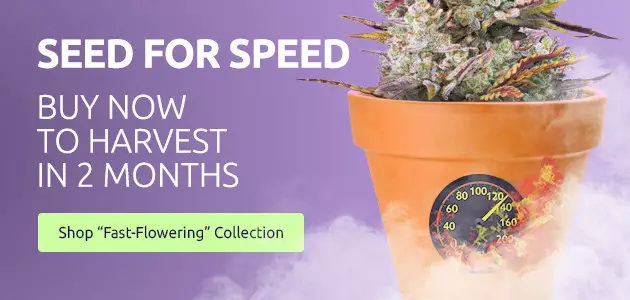
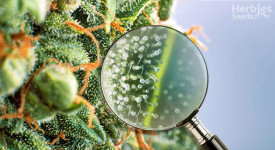





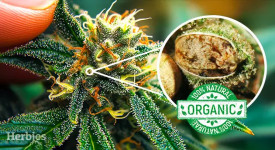
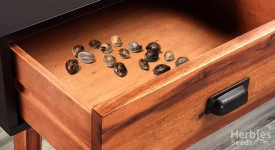








Thank you for leaving a comment for us!
Your feedback will be posted shortly after our moderator checks it.
Please note that we don’t publish reviews that: